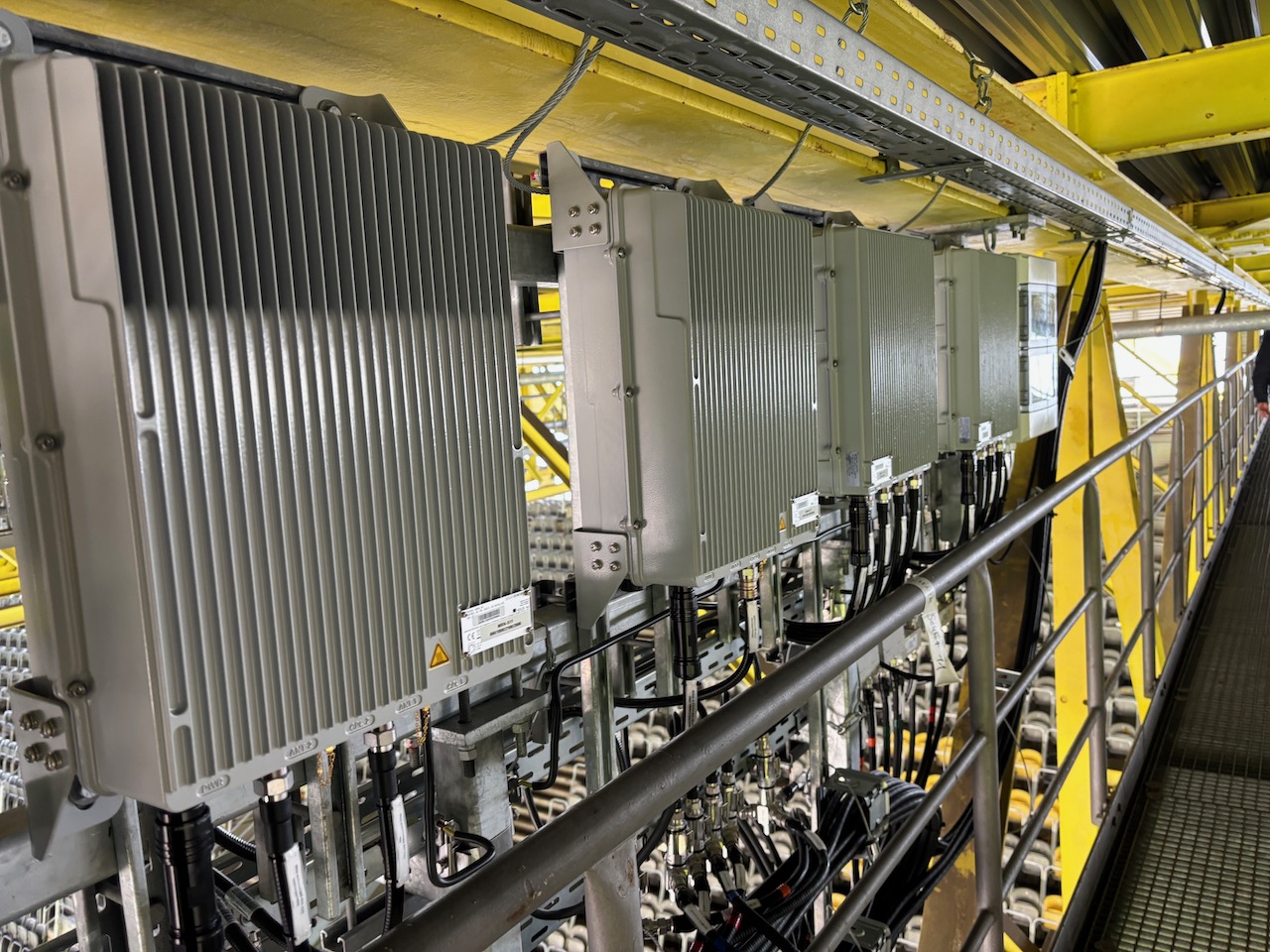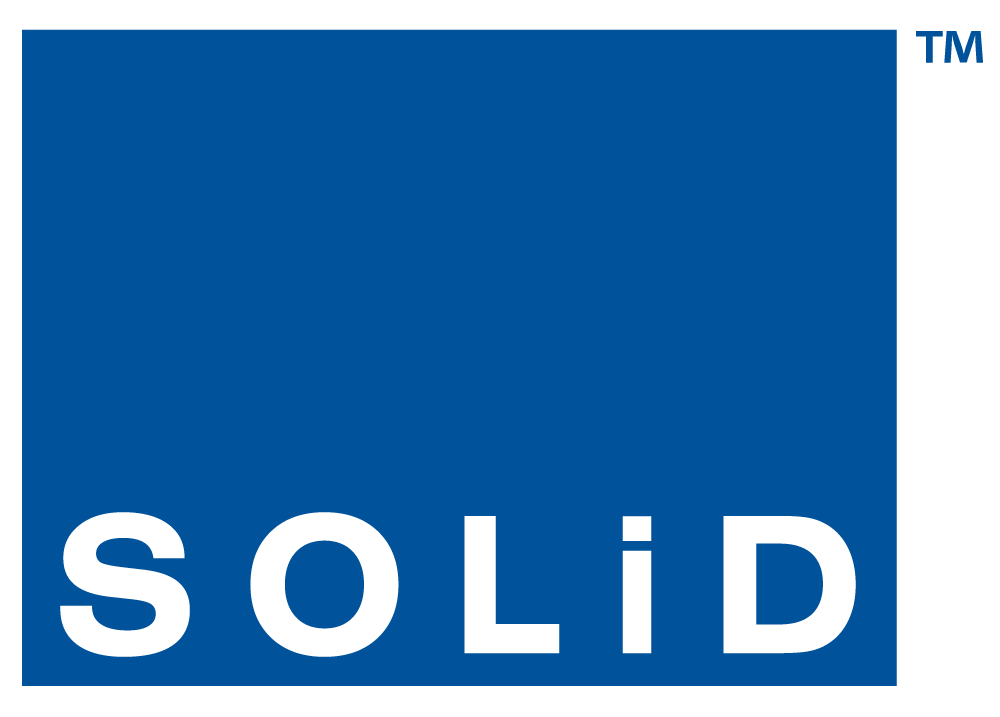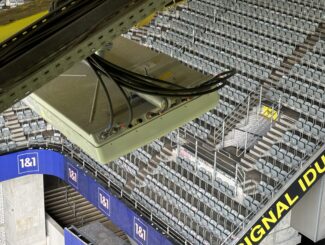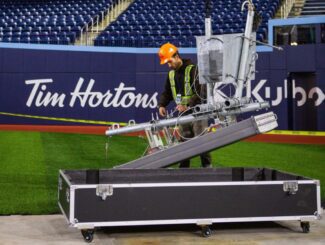At a time when adding more wireless capacity is a prime concern for large public venues, an upheaval in the traditional marketplace for distributed antenna system (DAS) equipment is creating an opening for solution suppliers with sustained experience and innovation. SOLiD, a longtime DAS player, is making a move back into targeting sports and entertainment venues.
Recently, the market for DAS equipment suppliers has seen some radical shakeup, with longtime providers CommScope and Corning both selling off their DAS businesses in the last 12 months. As the new owners of those businesses (Andrew and Airspan, respectively) attempt to establish a presence, the market disruption may provide a unique moment for SOLiD’s modular, backward-compatible DAS platform.
Celebrating its 27th year in business, the Korea-based SOLiD has come a long way since its four co-founders (including current board chairman and chief strategy officer Dr. Joon Chung and vice chairman and global CEO Dr. Seung Hee Lee) first delivered a variety of high-end DAS products, including an in-building optical fiber distribution system that allowed carriers to expand and extend coverage.
Though SOLiD has spent some of its recent years focused on business verticals other than stadiums, the company’s historically innovative modular DAS strategies have been proven over the test of time, with many 10+ years-old venue deployments still functioning with recent 5G enhancements. As the company expands its focus back to the U.S. stadium market, team and venue owners and operators who want a vendor with both experience and vision may do well to consider SOLiD as a partner for their next-generation wireless infrastructure.
Optical heritage leads to current modularity
According to SOLiD, the company’s early thinking around fiber and wireless led the way to the company’s design philosophy of building modular and upgradeable remote units. By supporting backwards compatibility and the ability to perform incremental upgrades as new technology and spectrum become available, SOLiD’s ALLIANCE DAS product line has become known for its longevity, allowing customers to avoid the “rip and replace” method of upgrading.
That early optical development has become a differentiator over time, as SOLiD promotes “fiber to the edge” deployments (where optical fiber connections run deep into the remote footprint) as one of its competitive features.
In fact, SOLiD still supports and maintains its ALLIANCE DAS platform, a modular fiber-fed solution spanning low to high power (<1 to 40 W) in one architecture, supporting multiple spectrum bands. The ALLIANCE platform includes remote units designed with an access door and replaceable modules. This allows simple upgrades at a fraction of the cost of replacing all the DAS remotes.
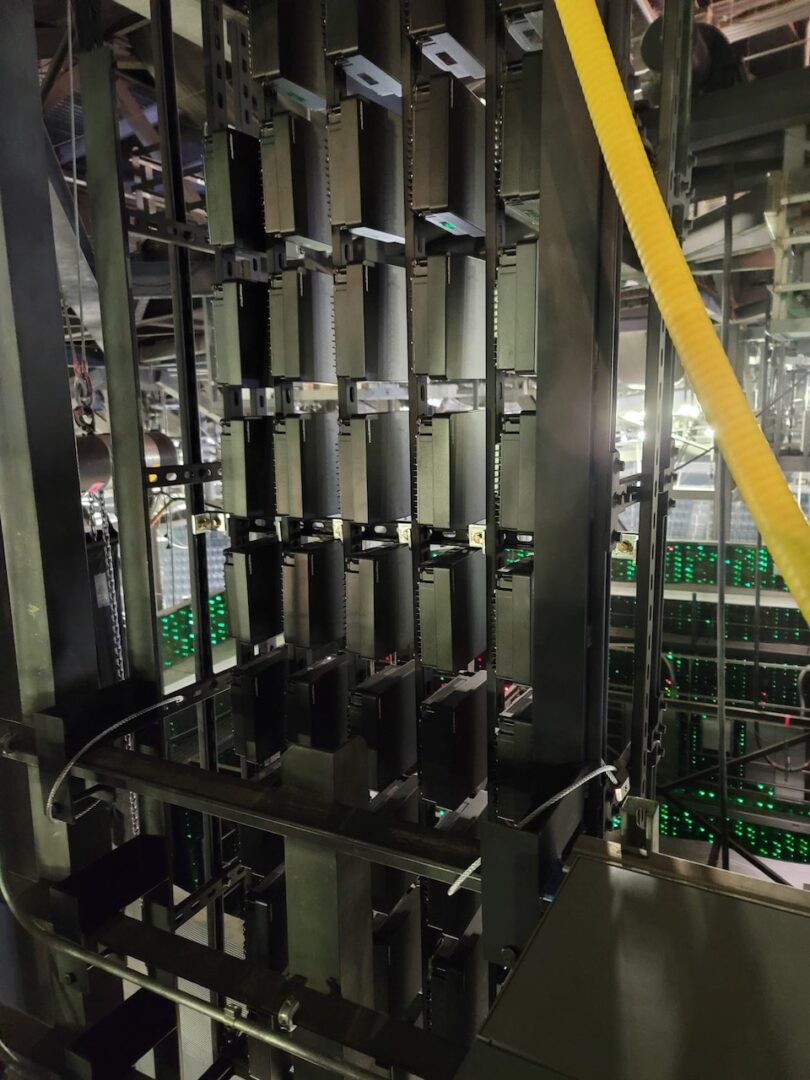
“I think we’re the only major OEM that brought forth a product in 2009 and continues that same product forward today,” said Shane Hague, senior vice president of sales and business development for SOLiD, in a podcast interview with Stadium Tech Report.
“The uniqueness about it is it’s modular and scalable,” Hague said. “So when we create an upgrade to it, we make sure it’s backwards compatible. And then the modularity allows you to basically refresh and renew an existing system by changing out amplifiers, frequency bands, and subcomponents that will allow the system to accommodate all the new bands of service.” Such flexibility, he said, is insurance against having to “rip and replace” systems that can’t keep up.
A return to the venue DAS market
Longtime stadium connectivity market followers may remember that SOLiD has been involved in the stadium DAS market since nearly its beginning. If the name hasn’t surfaced publicly in DAS deals recently, that may be more due to SOLiD’s previous marketing strategies, which did not involve direct public promotion of the company’s involvement.
“We actually have about 30 professional and college sports venues that utilize SOLiD equipment just in the U.S. and a lot of very successful deployments in Asia and Europe,” said Hague, during his podcast interview.
But SOLiD’s marketing efforts, Hague added, have more traditionally been focused on supporting its partners, the carriers, and any third-party operators involved in its deals. This means that while SOLiD equipment might have been purchased and installed, the company’s name may not have been publicly mentioned.
In some other market verticals, however, SOLiD has found big-name success. Its equipment was used to support DAS infrastructure at the Mall of America and in the New York City subway system, both deployments with challenging RF and bandwidth demands that were perhaps even more complex than a stadium.
SOLiD is also already selling its newer equipment into forward-looking “Open RAN” DAS deployments, including one at a soccer stadium in Germany. As it moves to make more waves in the U.S. stadium DAS market, SOLiD is bringing an updated and experienced line of products that protect legacy investments while enabling next-generation features.
New products on the way, and a possible O-RAN future
In terms of future product developments, Hague said SOLiD has “more new things cooking on the stove than ever before,” including a new version of its head-end offering that has “the most diverse set of radio options.” That will allow venues to greatly reduce the space needed for head-end operations while supporting flexibility for high, medium, and low-power needs.
Beyond that, Hague said SOLiD will be actively involved in Open RAN deployments, already having deployed approximately 17,000 radio units to one of the top U.S. carriers. In Dortmund, Germany, SOLiD DAS gear was used to deploy what is being called the “first Open Radio Access Network (O-RAN) in a stadium,” at Signal Iduna Park.
In the telecom industry, O-RAN is attracting plenty of attention, given its promise of a communications infrastructure future potentially free of proprietary vendor lockups. According to industry advocacy group 5G Americas, “the promise of Open RAN is clear. By fostering innovation, reducing costs, and enhancing network flexibility, it is poised to transform the telecommunications industry.” SOLiD was also the recipient of a $27 million grant from the U.S. government to help fund its Open RAN commercialization efforts, which is partly paying for a new team being set up in Dallas, Hague said.
“The short version of what that’s going to do for us is to imagine our next-generation DAS head end having an integrated DAS signal source that’s O-RAN-based, eliminating the need for that standalone traditional radio signal source,” Hague said. “That’s what the operators are asking us for, to move toward helping modernize and further shrink the cost, the space, the power consumption, and the footprint of a DAS, especially at the head end.”



